It must be the season for a load of kit damage as over the last couple of days I have had several emails about repairing gear. Probably the glue I have used the most for the repair of gear has been been McNett Black Witch neoprene glue. The Black Witch glue is perfect for repairing rips, tears and nicks in spraydecks, wetsuits etc. It also works well for filling holes on the inside of non-neoprene gear like drysuits or dry tops.
Continue readingTag: Glue
Spray skirts/decks have a pretty tough life but do an incredibly important job. I’d been on the look out for a spray skirt to rescue from an inevitable trip to the bin and found one close to home.
Unsponsored’s little brother River (Militia) has a Palm Kevlar RT rand deck that has seen better days. I had offered to repair it for this post without seeing the total extent of the damage.
In fairness the skirt should have been consigned to the bin years ago or at least set on fire and given a grand send off. However the skirt was in such a bad state that it made the perfect subject for this post as most types of repair were required to bring it back to life.
To put the repair into context most joints on the skirt were compromised and in other areas the skirt had separated from the rand. In two key places the kevlar/neoprene had worn out/through and large holes had appeared. Even the top part of the tunnel had separated from the skirt and was also torn in a couple of places. All in all it was in a sorry state.
Continue readingFrom the very first moment you sit in a boat you start to get “a feel for it”, how it fits and possibly even how it may perform. As beginners we start off in boats that may be used by many different size paddlers, which results in cockpits being kept clutter free. Loose, comfortable boats feel good on flat water, but they can make leaning and bracing difficult. Once the boat is padded to provide a close, body-hugging fit that still allows for quick and easy water exits, performance can dramatically improve. This same rule applies to all levels of kayakers, whether they’re paddling easy whitewater, big water runs or creeks. Customised outfitting helps transfer every trace in the river’s current through the kayak’s hull to your body, helping you sense your surroundings, make critical maneuvers and maintain your balance, thus staying upright!
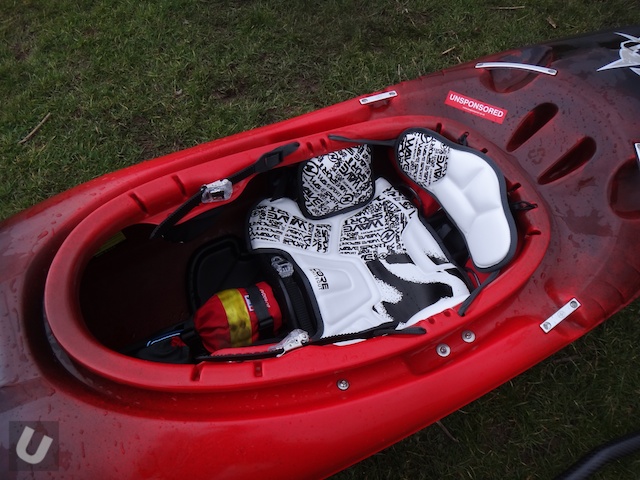
Since paddlers press against their boat’s inner hull with the small of their backs, butts, hips, thighs, knees and feet, it is these key areas that should be customised to match the shape and size of the paddler. To make this as easy as possible I am going to break the cockpit into a handful of sections and tailor each one to help you get the best control possible from your boat. Many boat manufacturers have really stepped up their game and are providing some excellent outfitting as standard in their kayaks. However these systems still need adapting in some way to ensure that they fit YOU correctly.
Keeping on top of kit repairs is pretty straight forward and a little bit of TLC could prevent the damage getting worse.
Holes in most stuff can be repaired with Stormseal which is a clear flexible glue. I’d avoid the larger tubes as this stuff will go-off once opened. Keeping it in the fridge will help but you can get packs of 3 x 5g tubes which are superb.
I few mates of mine have also had good success using the Stormseal instant patches to repair dry tops. For breathable fabric McNett patches may be worth considering.
Stormseal will work great on most things including neoprene but I have found that black witch works even better on wetsuits and decks.
Once in a while your kit gets to a point where it is no longer safe to use or it simply doesn’t do its job as well as it should. When it does it is time to get rid.
Repairing a paddle shaft is very similar to creating a set of split paddles. I have a pair of Werner Players that were pretty much brand new but had snapped near the right hand blade. The technique I use here could be used to repair the shaft on pretty much any paddle and could even be used to shorten or adjust the feather on a sound paddle.
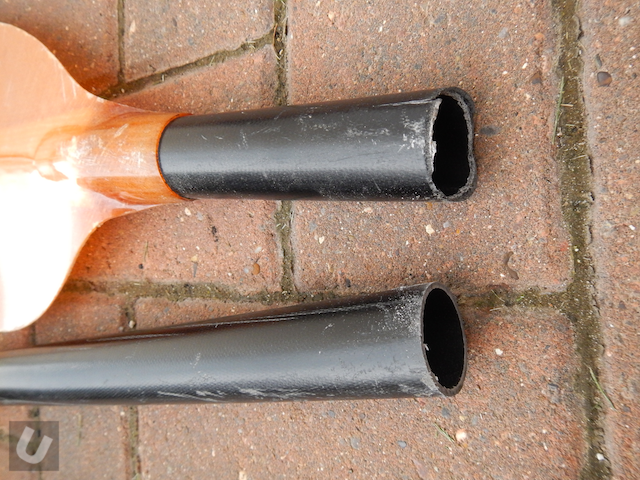
In some respects the birth of uber flexible outfitting in kayaks has killed off the need for the many hours spent shaping and glueing foam together to get that perfect fit. However if you are not using a bean bag footrest or want some outfitting that is a little bit more bespoke then you do need to rely upon cutting/shaping and glueing foam.
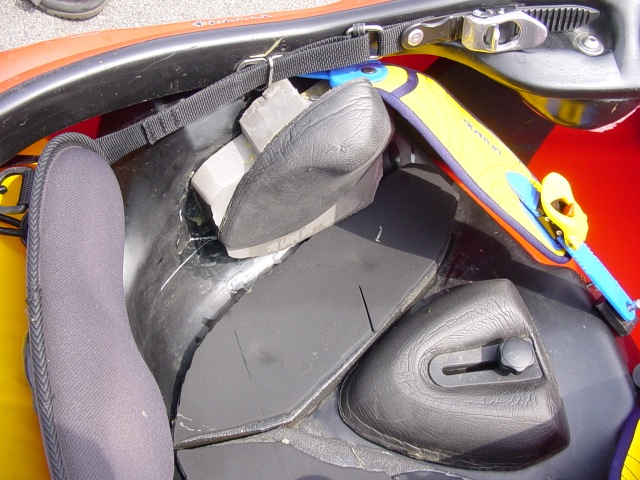
Sometimes you find yourself in the position of having to remove outfitting. If the outfitting has been put in well you need a few tricks of the trade to make the job that little bit easier.
Last week I picked up an Eskimo Topo Duo that had a seat pad and hip pads fitted. The foam used had its own layer of re-enforced sticky tape so was stuck on pretty hard.
Step one was to remove the foam by ripping it off the seat. There was no way that the foam was going to come off cleanly so it was simply ripped away leaving the layer of glue.
From the very first moment you sit in a boat you start to get “a feel for it”, how it fits and possibly even how it may perform. As beginners we start off in boats that may be used by many different size paddlers, which results in cockpits being kept clutter free. Loose, comfortable boats feel good on flat water, but they can make leaning and bracing difficult. Once the boat is padded to provide a close, body-hugging fit that still allows for quick and easy water exits, performance can dramatically improve. This same rule applies to all levels of kayakers, whether they’re paddling easy whitewater, big water runs or creeks. Customised outfitting helps transfer every trace in the river’s current through the kayak’s hull to your body, helping you sense your surroundings, make critical maneuvers and maintain your balance, thus staying upright!
Since paddlers press against their boat’s inner hull with the small of their backs, butts, hips, thighs, knees and feet, it is these key areas that should be customised to match the shape and size of the paddler. To make this as easy as possible I am going to break the cockpit into a handful of sections and tailor each one to help you get the best control possible from your boat.
Continue reading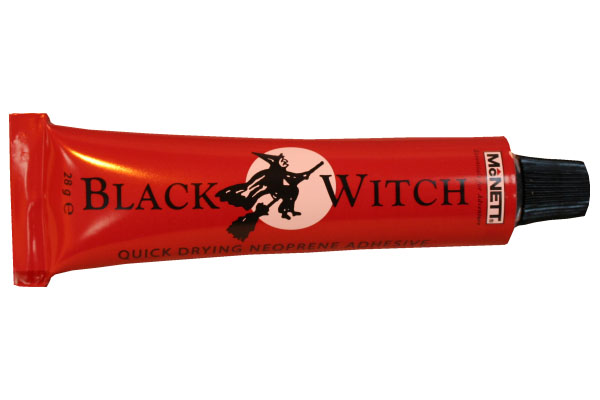

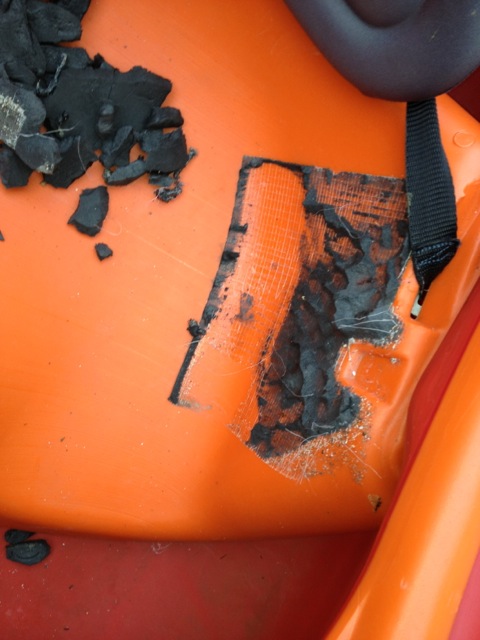
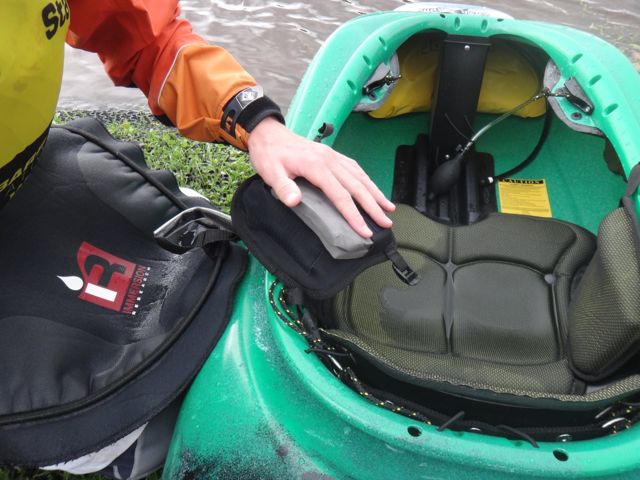



Recent Comments